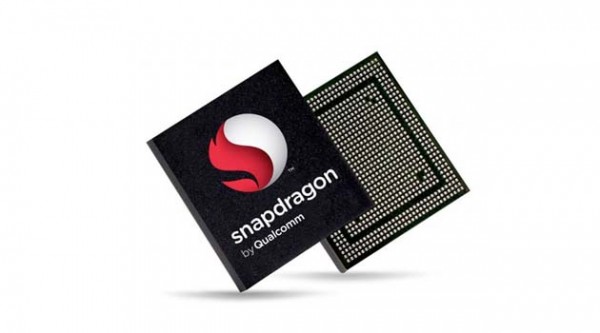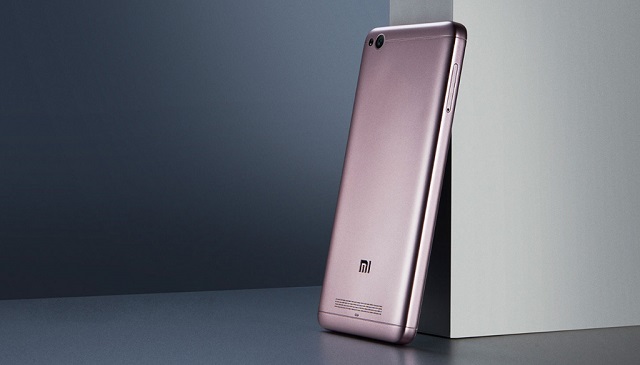Upcoming flagship of SoC would be called Snapdragon 835
Qualcomm announced that its upcoming flagship of SoC would be called Snapdragon 835, and that will be put together by Samsung on 10nm FinFET process. The new chip will substitute the current Snapdragon 820 and Snapdragon 821, and the first devices built around it will probably launch at the first edition of the annual Mobile World Congress Trade Show which will be held in February 2017.
Capabilities and specification of new Snapdragon 835 are limited. The manufacturer has only revealed that the production is under work. Plus, this report also primarily revolves around the fact that Samsung will be creating the chip, which supports the strong association of the two companies even though they are each other’s competitor in a way, particularly with Samsung also making its own line of ARM-based Exynos SoCs.
The new 10nm process supposed to result in lower power consumption per SoC, enhancing the device’s battery capabilities and providing more efficient performance. Qualcomm quotes that the Snapdragon 835 will be able to offer 27 percent higher performance at the same time drawing 40 percent less power as compared to the previous 14nm Snapdragon 820 and 821.
The company has revealed its new Quick Charge 4.0 feature, which will initially support by the Snapdragon 835. Quick Charge 4.0 has improved as compared to its predecessors by letting the devices charge faster and more efficient. The company claims that a five-minute charge will sufficient to offer up to 4-5 hours of life and that a standard device’s battery could be charged up to 50 percent in just 15 minutes.
Real-time thermal management will advance the safety, and voltage, as well as current that can be examined and controlled throughout the process of charging in order, avoid ay overcharging.
Comparatively, the Quick Charge 3.0 offers 20 percent faster charging and 30 percent higher efficiency. Plus, the standard will be compatible with the USB Power Delivery standard and the specification of USB Type-C, which is supposed to be improving interoperability between the devices and chargers offered by different companies.







